But…
While this means that Schott will supply the majority of the glass for these two new devices, there is still the question of cover glass, which in the case of the Fold 3, must also be able to protect the display from stylus pressure. While we do not know yet know who the folded cover glass provider is or whether a plastic cover has been used, we know that Corning’s Victus (Gorilla Glass) is being used for the back of the Fold 3 and the Flip 3. More to come.
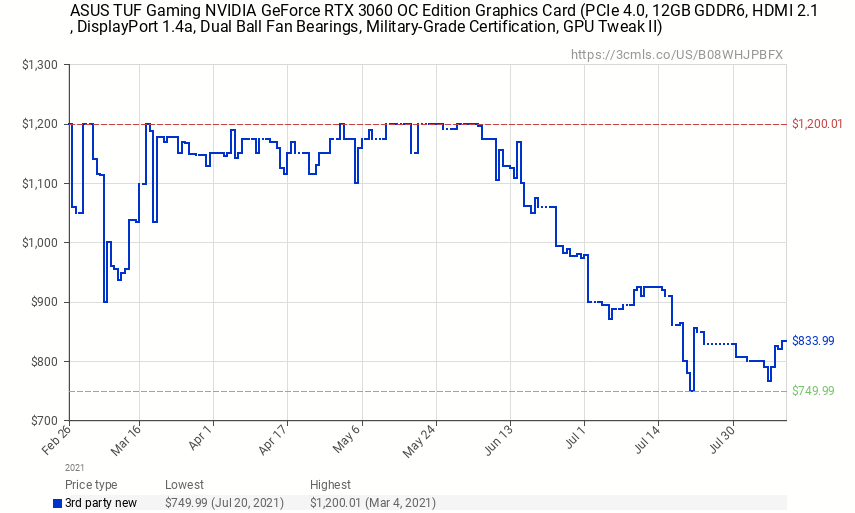
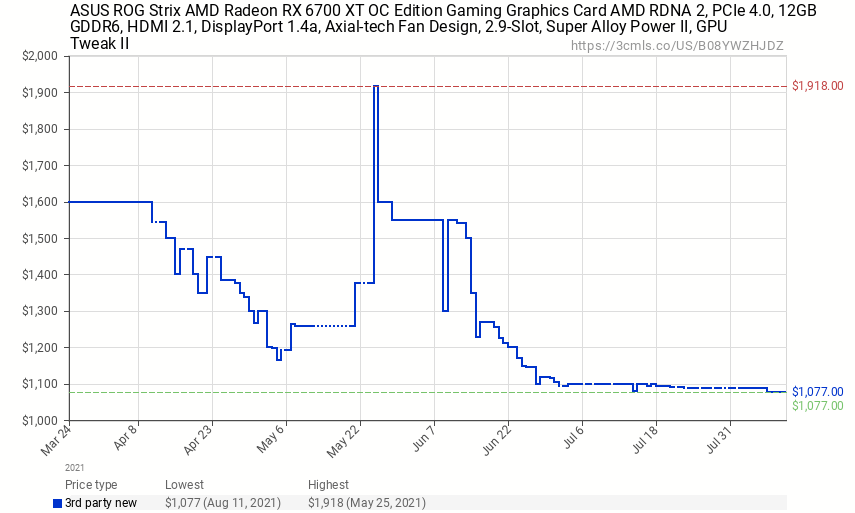


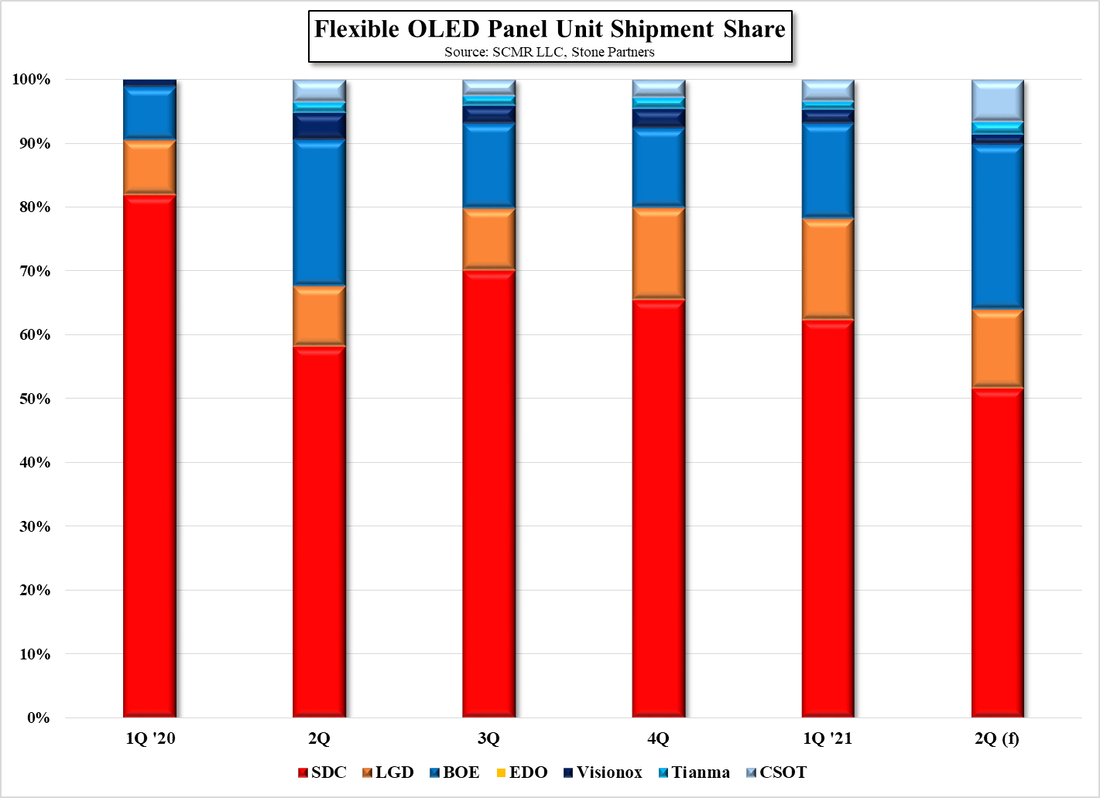
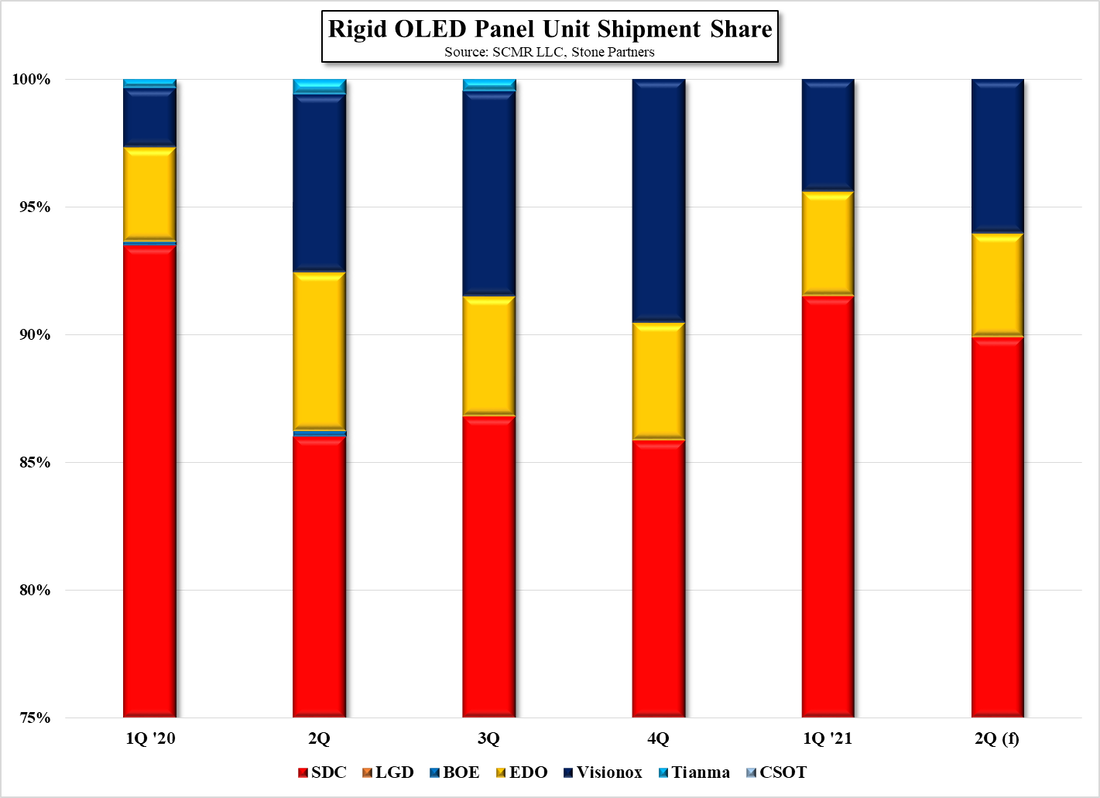
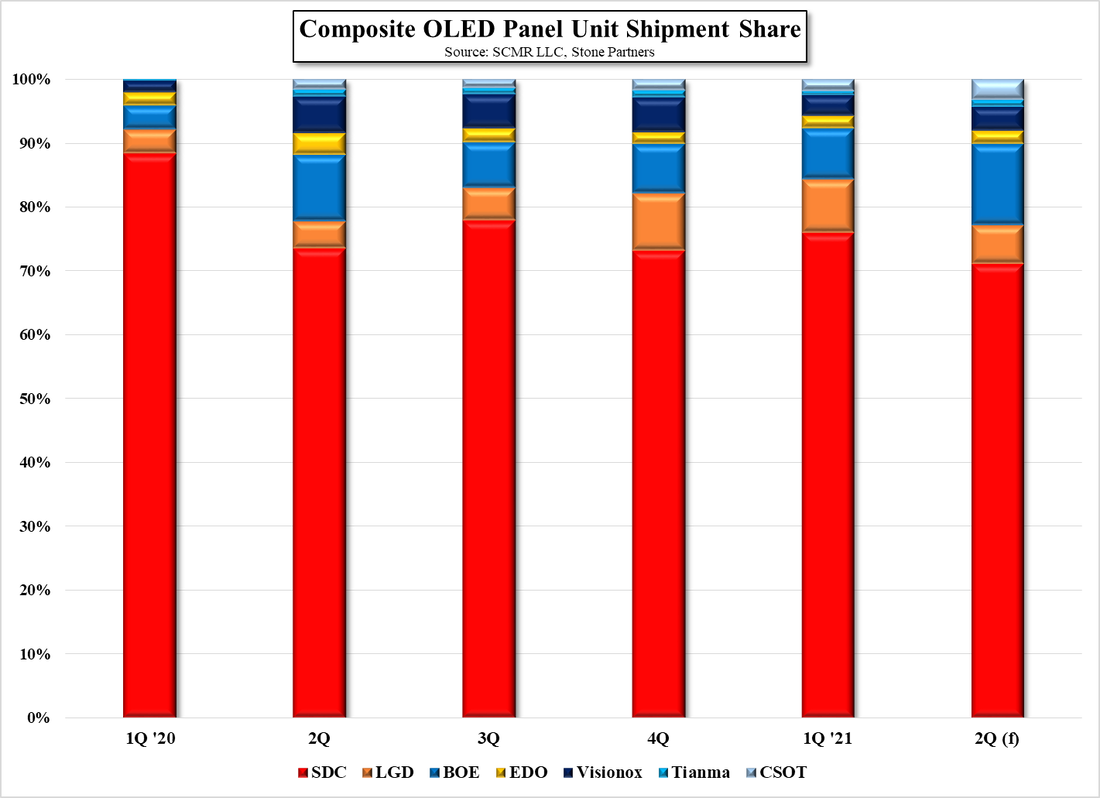

 RSS Feed
RSS Feed